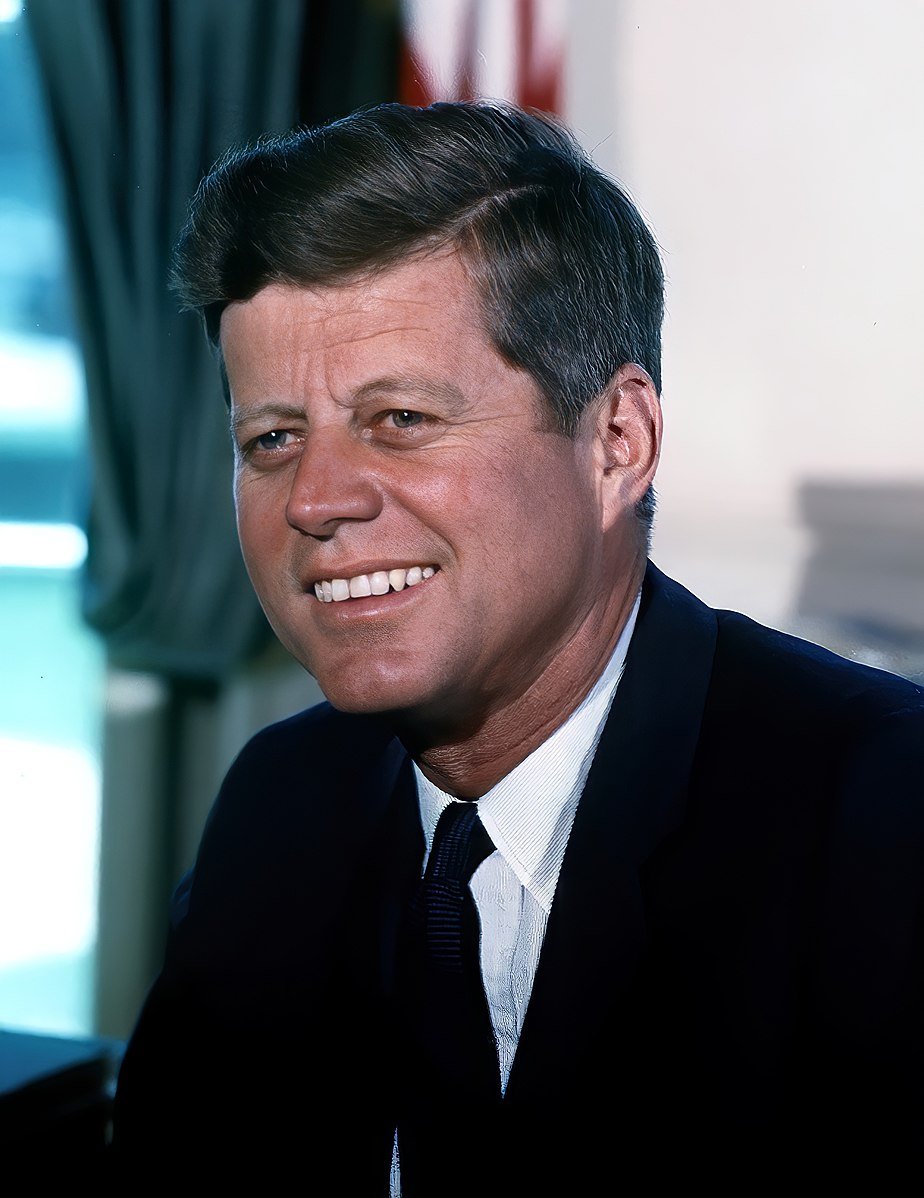Increased Involvement in Vietnam Under President Kennedy, 1961- 1963 (Edexcel GCSE History): Revision Note
Exam code: 1HI0
Summary
Although the United States did not send combat troops to Vietnam whilst John Kennedy was President, American involvement in Vietnam increased during his presidency. The number of American advisors grew enormously and he supported several new strategies to defeat the Vietcong. They were not successful and the popularity of the Vietcong increased whilst that of South Vietnam’s President Diem plummeted. In 1963, Diem was murdered by his generals.
Kennedy & counter-insurgency tactics
Like Eisenhower, President Kennedy was a firm believer in the domino theory
He had only narrowly won the 1960 presidential election and was eager to appear to be ‘tough on communism’ to voters
Kennedy saw that the Vietcong (VC) were growing in influence and over half of South Vietnam was under their control at the start of 1961
As a result, he introduced several new policies and counter-insurgency tactics which included:
Increasing the number of US military advisers from 700 to 16,000 by the end of 1963
Authorised the launching of Operation Ranch Hand which sprayed chemicals such as Agent Orange on the jungle to destroy the VC crops and hiding places
Commissioned a report on the feasibility of using US combat troops in Vietnam
Supporting the ‘Strategic Hamlet Program’

Examiner Tips and Tricks
Kennedy played a short but significant role in America’s involvement in Vietnam. See if you can summarise his impact in three sentences. Identify which aspect of his influence you think is most significant. This is an excellent way revision technique to help crystallise ideas in your mind.
The Strategic Hamlet Program, 1962
One of the major problems faced by the Army of the Republic of Vietnam (ARVN) was identifying who was a member of the VC
They wore no uniforms and most of the land controlled by the VC was rural farmland and jungle
The ARVN were never sure who was a villager and who was a VC guerilla fighter
To solve this problem, they rounded up all of the people who lived in isolated villages and forced them to live in ‘Strategic Hamlets’
Anyone not living in a hamlet would then be assumed to be a member of the VC
The Strategic Hamlet Program was deeply unpopular with the Vietnamese villagers who did not want to leave their ancestral homes
The hamlets were supposed to be equipped with basic hospitals and schools and provide security from being threatened by the VC
However, they were poorly equipped and supplied and the program led to many villagers starving to death
The Strategic Hamlet Program caused villagers who had previously stayed out of the conflict to join the VC
Membership of the VC tripled between 1962 and 1964

The overthrow of Diem, 1963
Under Diem’s leadership, the war against the VC was going badly
Not only this, he continued to persecute Buddhist monks and refused to make peace with them
When Diem’s troops opened fire on a Buddhist procession in May 1963, nine monks lay dead and it sparked outrage
Kennedy knew how unpopular Diem was and no longer believed Diem intended to install a democratic government
The American Central Intelligence Agency (CIA) encouraged the ARVN generals to remove Diem from power
In November 1963 the generals assassinated Diem
Worked Example
Give two things you can infer from Source A about the Strategic Hamlet Program in Vietnam.
Source A: From a report on the Strategic Hamlet Program, 1962. The report was written for the US Air Force. “The Strategic Hamlet Program is part of the US policy for the rural areas of Vietnam. So far, strategic hamlets have been set up in three areas but the Program will be increased to cover ten areas. In a strategic hamlet, the main living areas are surrounded by a ditch almost 2 metres deep and 4 metres wide and also a mound of earth of similar height and width. Outside the ditch, there is usually a bamboo fence, although occasionally the fence will be barbed-wire.” |
(4 marks)
Answer
What I can infer: That the strategic hamlet programme was set to expand significantly after 1962.
Details in the source that tell me this: The source states that in 1962 there were strategic hamlets in three areas but that it would increase to cover ten areas
What I can infer: That strategic hamlets were lightly fortified.
Details in the source that tell me this: The source states they were surrounded by a ditch, a mound, a bamboo fence and occasionally barbed wire

Unlock more, it's free!
Did this page help you?